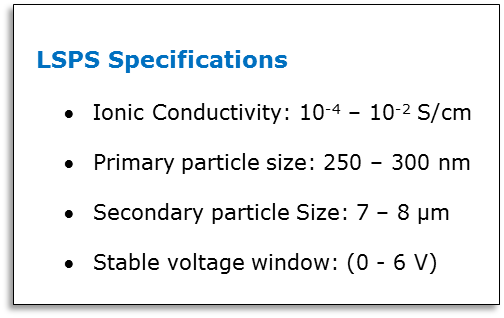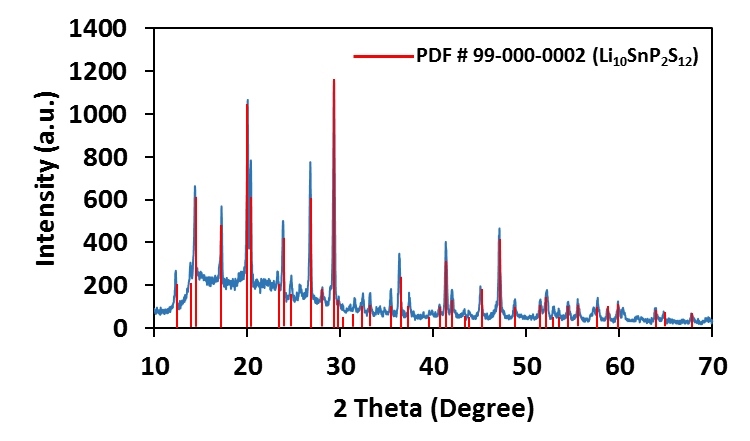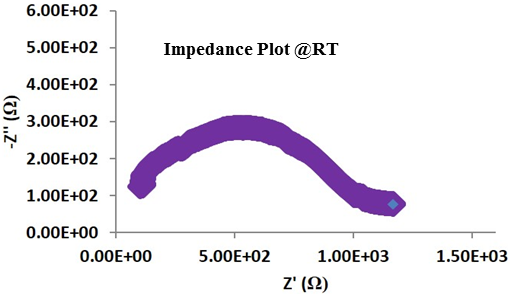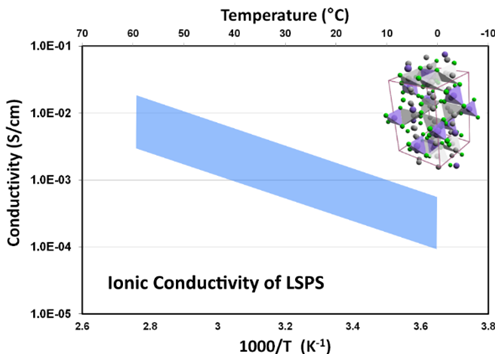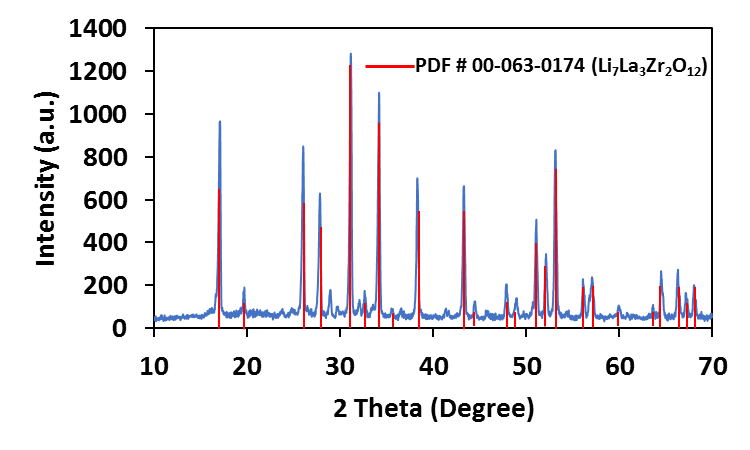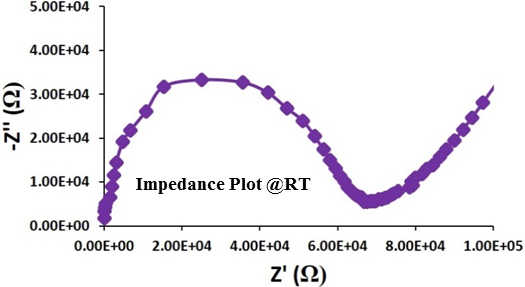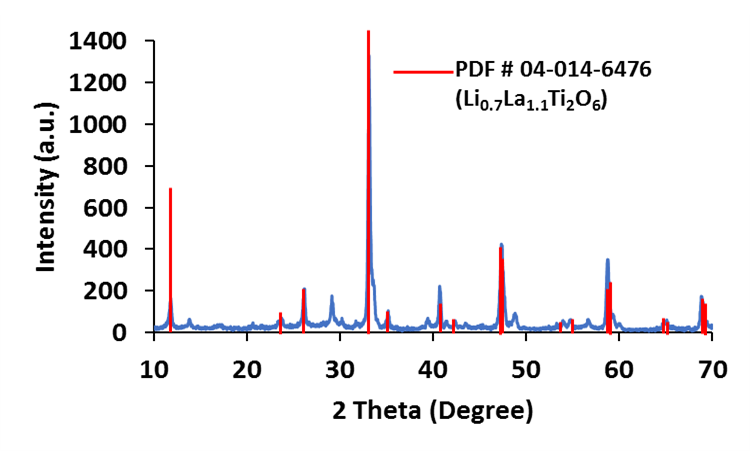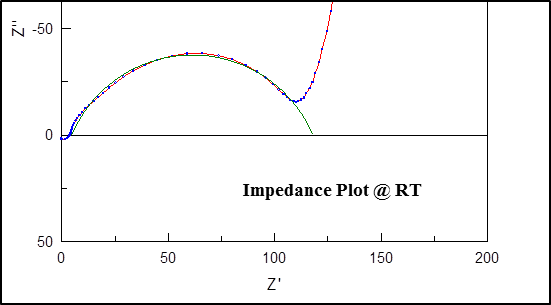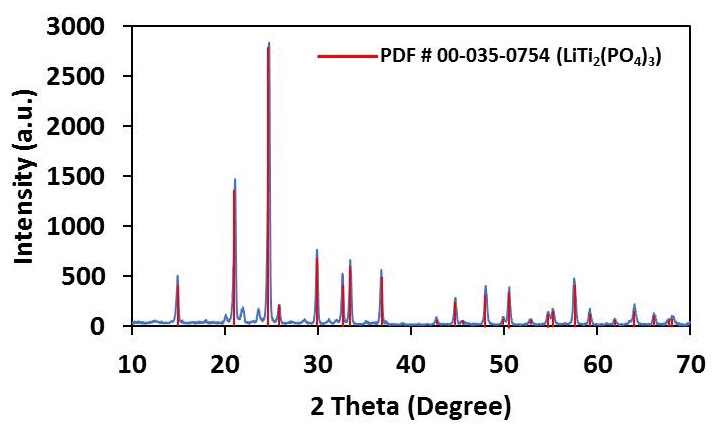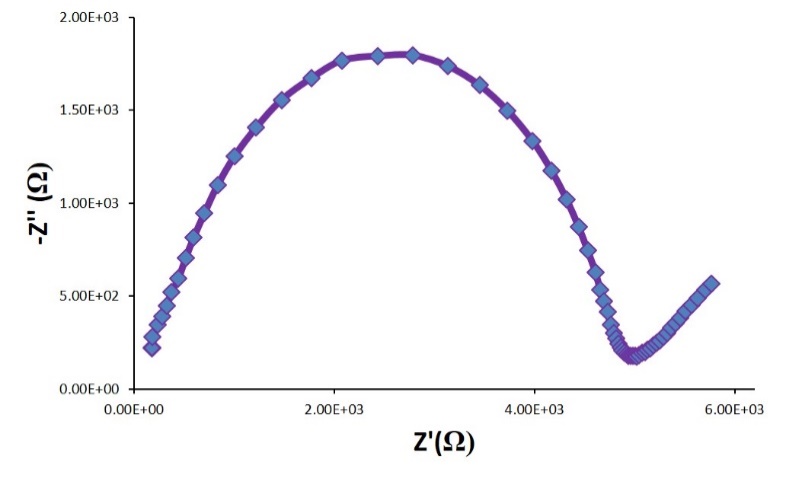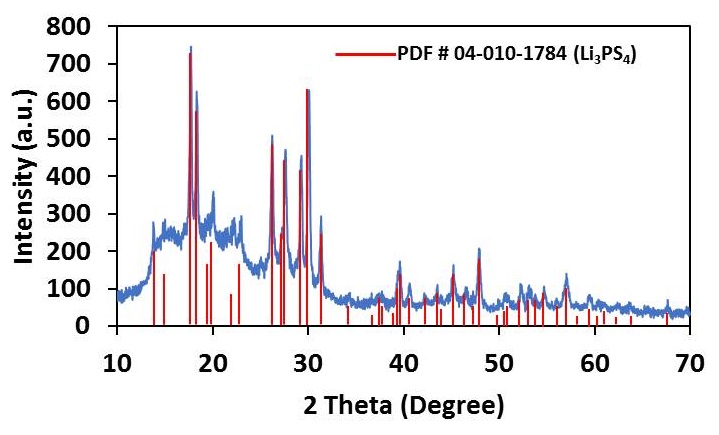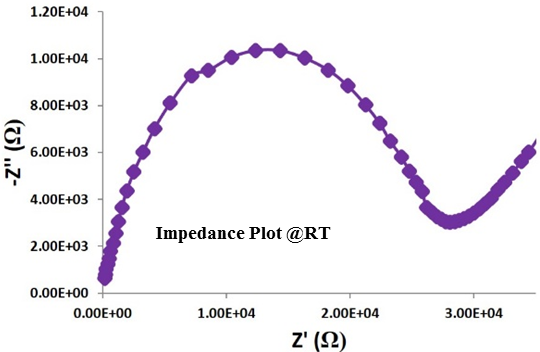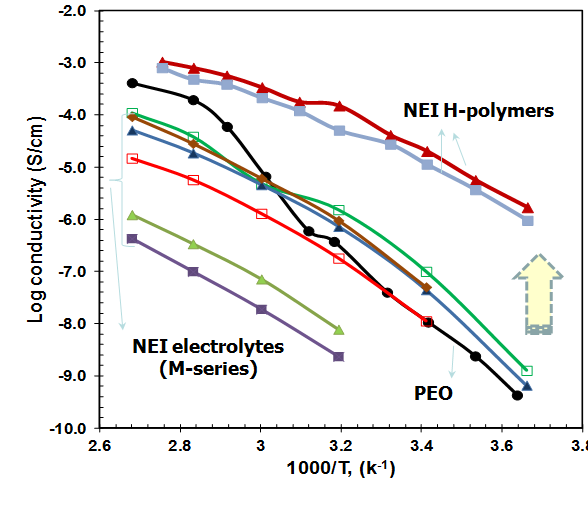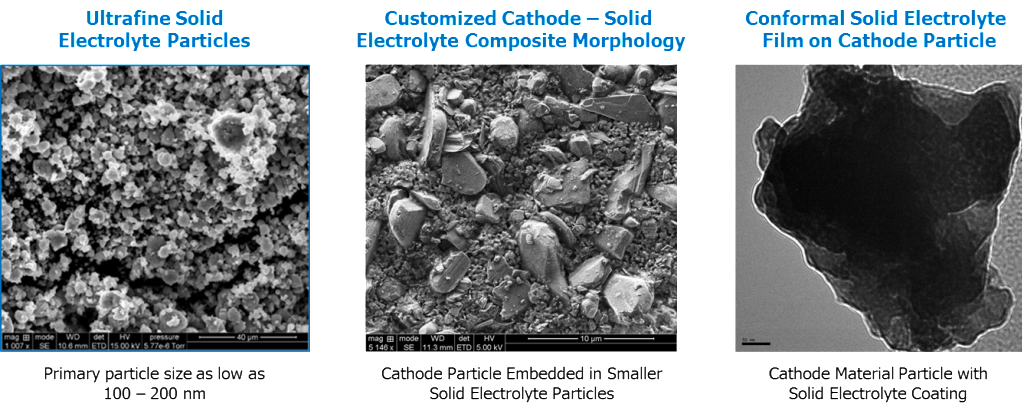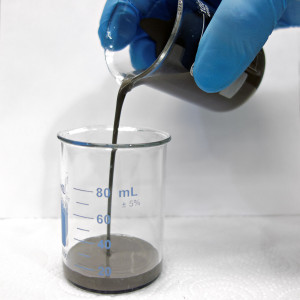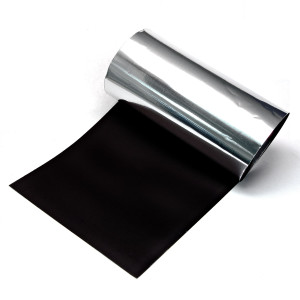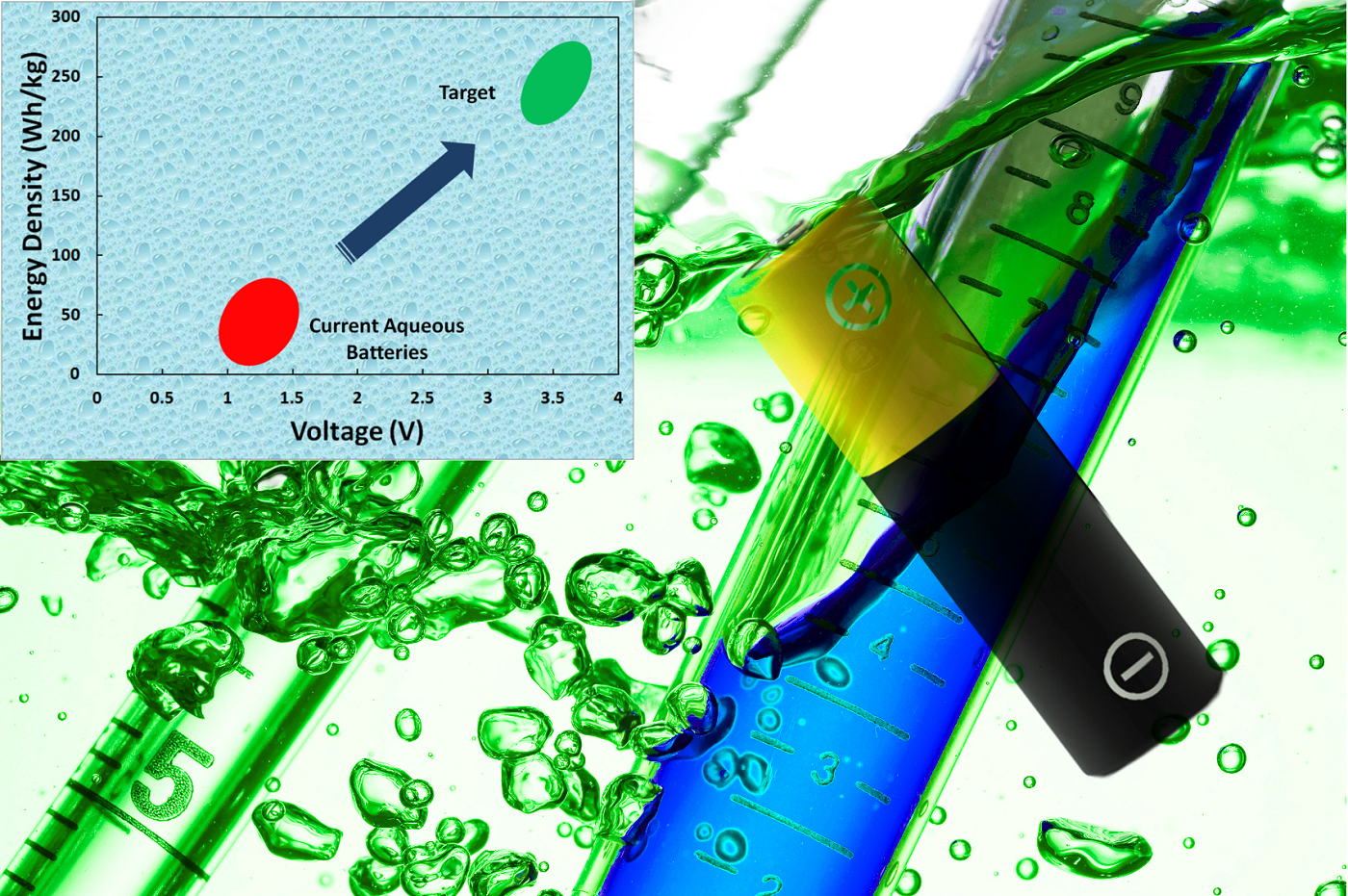NEI Company Updates – Summer 2023
What’s New at NEI Corporation
June 21, 2023
 We’re Expanding!
We’re Expanding!
Since 2005, NEI Corporation has operated a 10,000 square foot, state-of-the-art materials manufacturing and testing facility in Somerset, New Jersey. This spring, NEI began expanding its facilities with an additional 9,200 square feet of space. The add-on facility will allow the company to install new equipment in order deliver larger quantities of materials to better serve its customers.
New Product: LMFP Electrode Sheets
NEI is excited to introduce Lithium Manganese Iron Phosphate (LiMnxFe(1-x)PO4) to its line of electrode sheets for Lithium-ion batteries. NANOMYTE® BE-80E is a cast electrode tape of LMFP, which is a new, higher nominal voltage variation of LFP.
Product Page ♦ View Spec Sheet
NEI Is Hiring – Join our Team!
 NEI Corporation develops, manufactures, and supplies Specialty Materials for diverse industrial applications. NEI employs a multi-disciplinary group of motivated scientists and engineers and is looking for qualified individuals to join our team.
NEI Corporation develops, manufactures, and supplies Specialty Materials for diverse industrial applications. NEI employs a multi-disciplinary group of motivated scientists and engineers and is looking for qualified individuals to join our team.
 Have a Question?
Have a Question?
Try our Frequently Asked Questions page, or you can contact us directly:
Phone: Call us at +1 (732) 868-3141 (Monday – Friday, 8:30 am to 5:30 pm ET)
Email: Send us a message and someone will be in touch with you soon.
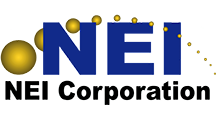
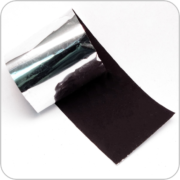
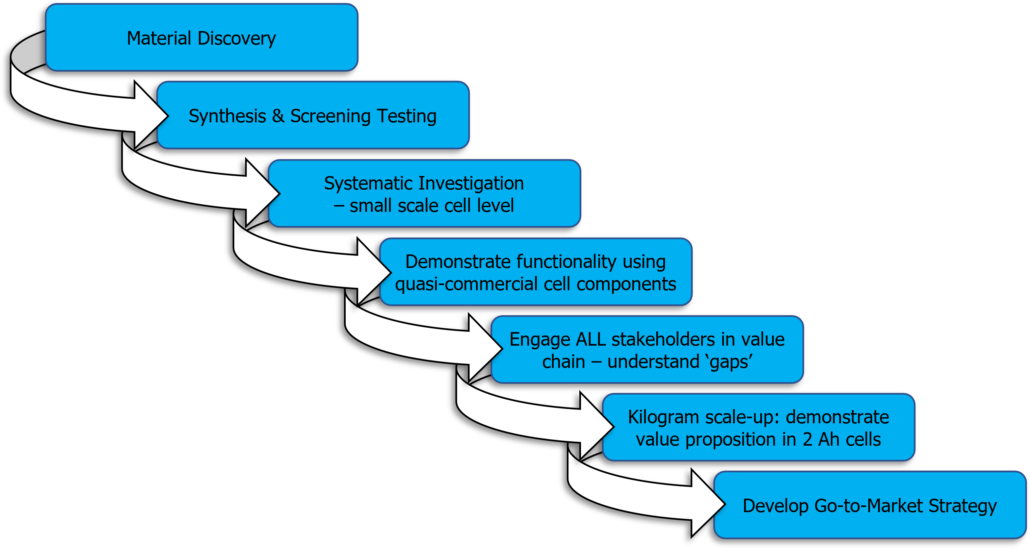
 About the Author:
About the Author: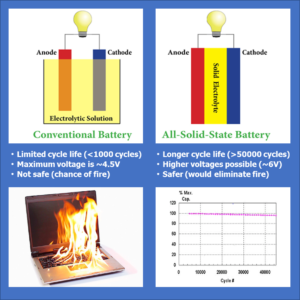 and Samsung’s Galaxy Note 7 catching fire, which resulted in the recall of more than 1 million smartphones in 2016. The combustion is mainly due to leakage of the liquid electrolyte, or short-circuit of the electrodes caused by the failure of the polymer gel separator, which also contains liquid.
and Samsung’s Galaxy Note 7 catching fire, which resulted in the recall of more than 1 million smartphones in 2016. The combustion is mainly due to leakage of the liquid electrolyte, or short-circuit of the electrodes caused by the failure of the polymer gel separator, which also contains liquid.